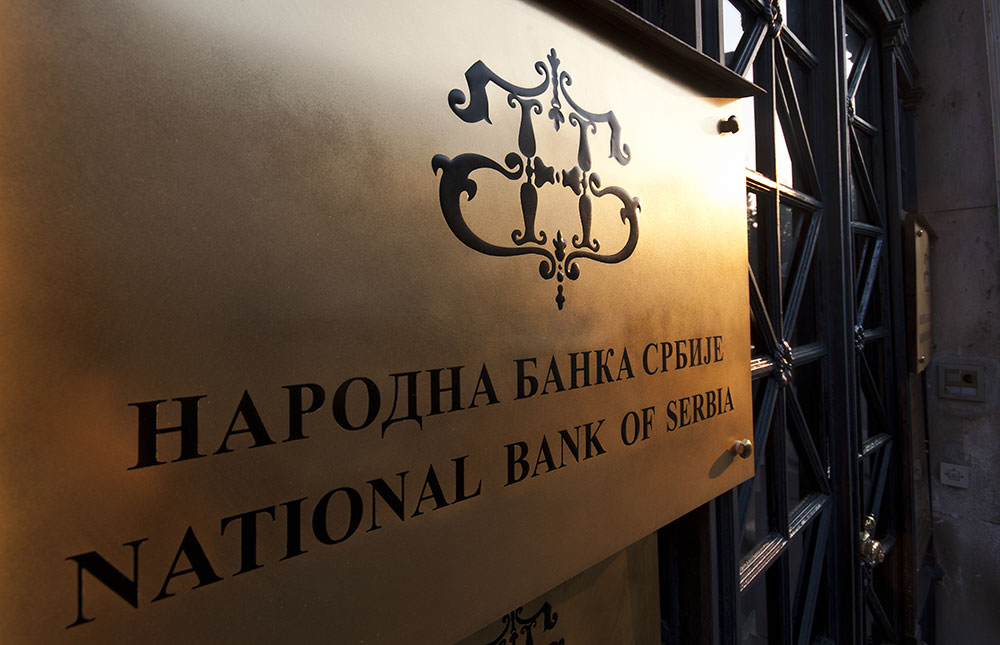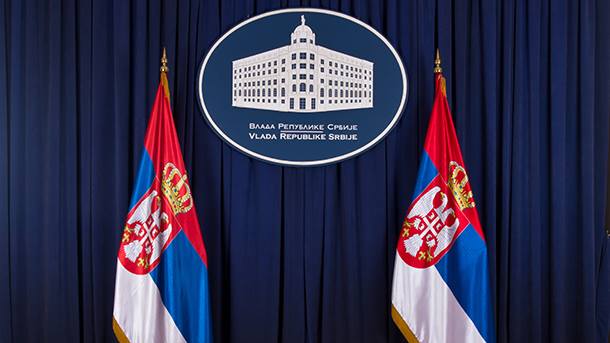Serbia has turned to the IMF and the United Arab Emirates for help dealing with rising debt burdens, in a move that highlights the impact of higher interest rates and the economic downturn in Europe’s emerging markets.
The IMF confirmed to the Financial Times on Tuesday that Belgrade had called for talks on a so-called standby arrangement. Such an arrangement would allow Serbia to rely on IMF support in case Belgrade were unable to sell its bonds to investors.
Authorities hope having the Fund’s guarantees will prevent further increases in the country’s borrowing costs in international markets, which have more than tripled since the turn of the year from less than 2% to more than 6%.
“If you’re a stable country, you don’t want a standby agreement with the IMF, but maybe it’s better to eat a simple pie now to make sure you don’t refinance more than 6%,” said Tamara Basic Vasilyev, senior economist at Oxford Economics.
The news of the IMF request comes after Abu Dhabi offered Serbia a USD 1bn loan at 3%. “If we entered the financial market, it would cost us at least two and a half times more,” Serbia’s president Aleksandar Vučić said in a statement published Monday, adding that Belgrade faced “resistance from all investors, because they are mainly western financial investors”.
Serbia is one of many countries in Central and Eastern Europe, including Hungary and Romania, that have seen its borrowing costs rise as a result of sharp increases in interest rates by the US Federal Reserve and European Central Bank.
The country’s most liquid euro-denominated bond traded on Tuesday, yielding 6.3%, up from 1.8% at the end of last year.
While borrowing costs have risen across Europe, riskier borrowers, such as Serbia, have seen interest rates rise much faster. The gap between the returns of Serbia and Germany has widened, from 2.2pp in January to just under 5pp.
Source: Financial Times




